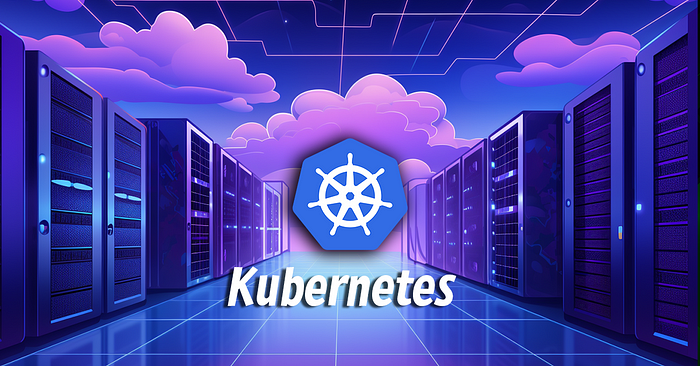
Learning Kubernetes the Right Way In 2024
Author(s): Mélony Qin (aka cloudmelon)
Originally published on Towards AI.

Do you know OpenAI is deployed on Kubernetes and scaling to 7,500 worker nodes? When we talk about Kubernetes slots into microservices architecture, when we talk about a single unit of the loosely coupled unit, putting it into a container or leveraging Serverless functions are both viable solutions.
A container is a way to package and isolate an application and its dependencies in a way that allows them to be easily moved from one computing environment to another, a.k .a. portability. Plus, it makes deploying apps consistent and reliable, regardless of their computer setup.
Kubernetes
It’s pretty straightforward handling just a few containers for testing or development. But things get tricky when dealing with hundreds or thousands, especially in enterprise-grade environments, managing networking, deployments, configuration, etc. Suddenly, everything becomes a struggle. That’s where the container orchestrator, such as Kubernetes, comes in.
So, in this blog post, let’s dig into Kubernetes and what makes it such a big deal in managing this container chaos.
We’ll take a closer look at how AI is impacting the cloud-native system and what it means for the future of modern…
medium.com
Compared to traditional virtual machines, containers offer greater density and enhanced infrastructure utilization compared to applications deployed on physical servers or… Read the full blog for free on Medium.
Join thousands of data leaders on the AI newsletter. Join over 80,000 subscribers and keep up to date with the latest developments in AI. From research to projects and ideas. If you are building an AI startup, an AI-related product, or a service, we invite you to consider becoming a sponsor.
Published via Towards AI
Take our 90+ lesson From Beginner to Advanced LLM Developer Certification: From choosing a project to deploying a working product this is the most comprehensive and practical LLM course out there!
Towards AI has published Building LLMs for Production—our 470+ page guide to mastering LLMs with practical projects and expert insights!

Discover Your Dream AI Career at Towards AI Jobs
Towards AI has built a jobs board tailored specifically to Machine Learning and Data Science Jobs and Skills. Our software searches for live AI jobs each hour, labels and categorises them and makes them easily searchable. Explore over 40,000 live jobs today with Towards AI Jobs!
Note: Content contains the views of the contributing authors and not Towards AI.














